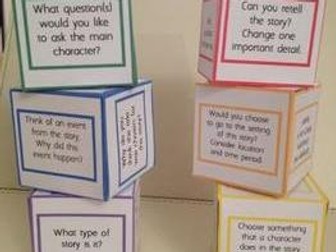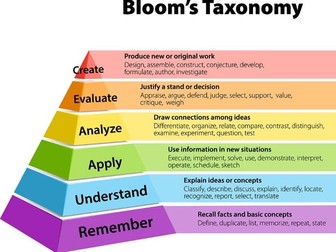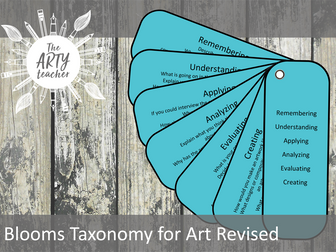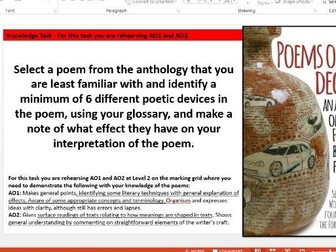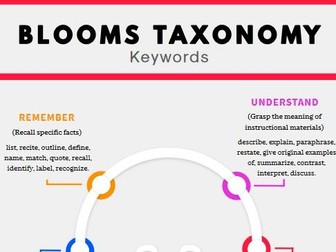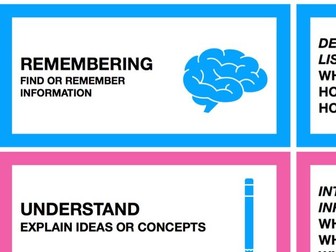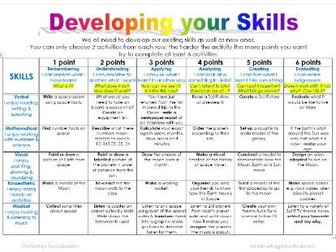Bloom's Reading Cubes
<p>Templates for developing young readers’ abilities to differentiate between different types of thinking, based on Bloom’s revised Taxonomy.</p>
<p>This pack contains:<br />
• 12 colour coded templates with questions<br />
• 6 colour coded blank templates<br />
• 1 blank template</p>
<p>I recommend that these templates are printed onto card.</p>
<p>Please note that this resource has been created using English (UK).</p>
